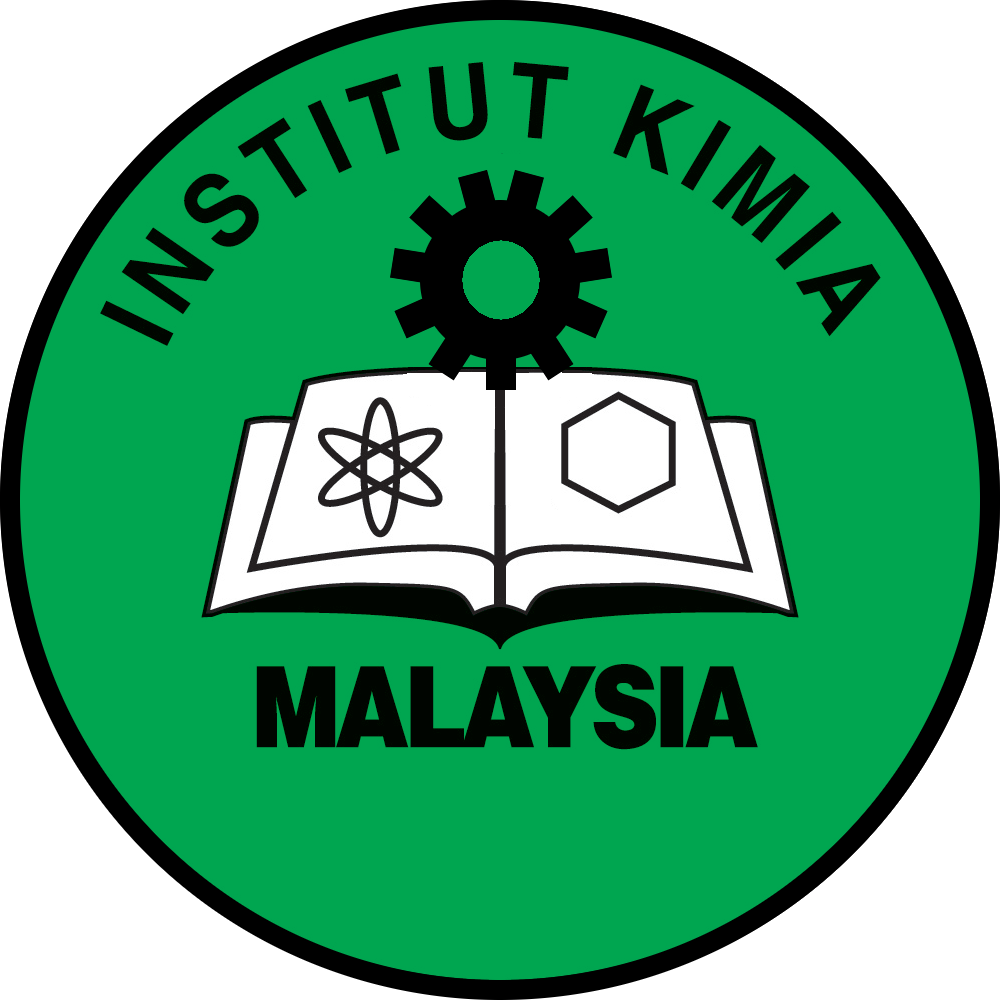Optimizing Fiber-Matrix Interaction: Impact of Plasma Treatment on Abaca and Kenaf Polymer Composites
DOI: https://doi.org/10.55373/mjchem.v27i3.499
Keywords: Abaca; Kenaf; Epoxy composites; Plasma treatment; Flexural tests
Abstract
Epoxy composites reinforced with abaca (AF) and kenaf (KF) fibers were the focus of this investigation. Both fibers were exposed to plasma from a dielectric barrier discharge (DBD) for processing time of 5 to 25 minutes. Epoxy resin mixes with AF or KF were not necessary for plasma treatment. The plasma-treated fibers' infrared spectra revealed amplified carboxyl group peak intensity in the Fourier transform. The tensile strength of Epoxy/AF treated for 20 minutes reached 60.8 MPa, whereas the elongation at break of Epoxy/KF treated for the same amount of time increased by 6.4%. Flexural testing showed that kenaf composites, when treated with plasma, had a much higher flexural strength (up to 62.2 MPa) than abaca composites. Both composites benefited from plasma treatment, which improved surface coarseness and fiber interactive adhesion. The DBD plasma treatment enhanced the material's thermal stability and wettability. The composites' mechanical, thermal, and water contact angle (WCA) characteristics were enhanced by the dielectric barrier discharge treatment, which improved the interaction bonding of the fibers and matrix.
